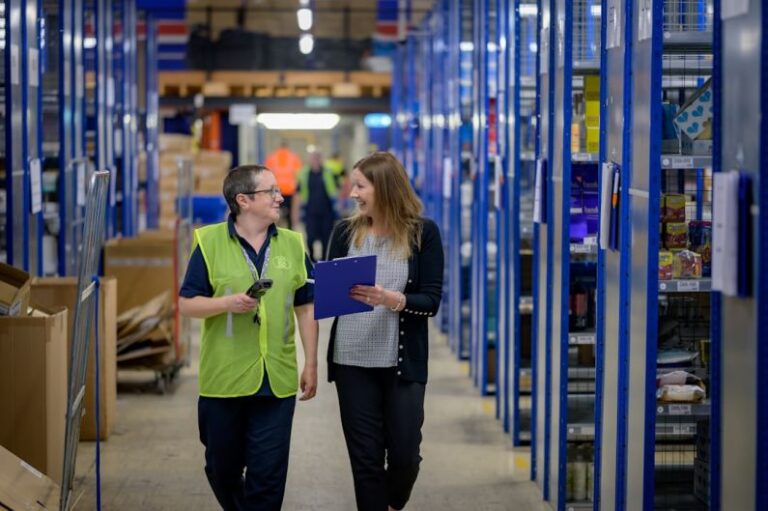The Latest Trends in Warehouse Technology
Warehouses are constantly evolving to meet the demands of today’s fast-paced and technology-driven world. With the rise of e-commerce and the need for efficient supply chain management, warehouse technology has become more advanced than ever before. From automated systems to data analytics, here are some of the latest trends shaping the future of warehouse operations.
Automated Guided Vehicles (AGVs) and Robots
One of the most significant trends in warehouse technology is the increasing use of Automated Guided Vehicles (AGVs) and robots. These intelligent machines are revolutionizing the way goods are moved and stored in warehouses. AGVs are autonomous vehicles that can transport goods within a warehouse without the need for human intervention. They can navigate through the facility using sensors and mapping technology, optimizing efficiency and reducing the risk of accidents. Robots, on the other hand, can perform a variety of tasks, such as picking, packing, and sorting items, with speed and precision. By automating these processes, warehouses can increase productivity and accuracy while reducing labor costs.
Internet of Things (IoT) and Sensor Technology
The Internet of Things (IoT) has enabled warehouses to become more interconnected and efficient. By connecting devices and equipment through the internet, warehouse managers can monitor and control operations in real-time. Sensor technology plays a crucial role in this trend by collecting data on various aspects of warehouse operations, such as temperature, humidity, and inventory levels. This data can be analyzed to optimize workflows, predict maintenance needs, and prevent costly downtime. IoT and sensor technology are transforming warehouses into smart, data-driven facilities that can adapt to changing demands quickly.
Artificial Intelligence (AI) and Machine Learning
Artificial Intelligence (AI) and machine learning are revolutionizing warehouse operations by enabling predictive analytics and automation. AI algorithms can analyze vast amounts of data to identify patterns and make predictions about inventory levels, demand fluctuations, and equipment maintenance. Machine learning algorithms can also optimize picking routes, inventory placement, and warehouse layout to maximize efficiency and reduce operational costs. By harnessing the power of AI and machine learning, warehouses can streamline processes, improve accuracy, and stay ahead of the competition in today’s fast-paced market.
Warehouse Management Systems (WMS)
Warehouse Management Systems (WMS) are essential tools for modern warehouses looking to optimize their operations. These software solutions provide real-time visibility into inventory levels, order status, and warehouse performance metrics. WMS can automate tasks such as inventory tracking, order processing, and labor management, freeing up time for warehouse staff to focus on more strategic activities. Furthermore, WMS can integrate with other technology solutions, such as IoT sensors and AI algorithms, to create a seamless and efficient warehouse environment. By investing in a robust WMS, warehouses can improve productivity, accuracy, and customer satisfaction.
Augmented Reality (AR) and Virtual Reality (VR)
Augmented Reality (AR) and Virtual Reality (VR) technologies are transforming how warehouse employees interact with their environment. AR can overlay digital information onto the physical world, providing workers with real-time instructions, picking locations, and inventory information through smart glasses or mobile devices. VR, on the other hand, can simulate warehouse environments for training purposes, allowing employees to practice workflows, safety procedures, and equipment operation in a virtual setting. By incorporating AR and VR technologies, warehouses can enhance employee productivity, reduce errors, and improve training outcomes.
Innovations in warehouse technology continue to reshape the logistics industry, driving efficiency, accuracy, and competitiveness. By embracing these latest trends, warehouses can stay ahead of the curve and meet the evolving demands of today’s supply chain landscape. As technology continues to advance, the future of warehouse operations promises to be even more efficient, intelligent, and interconnected.






